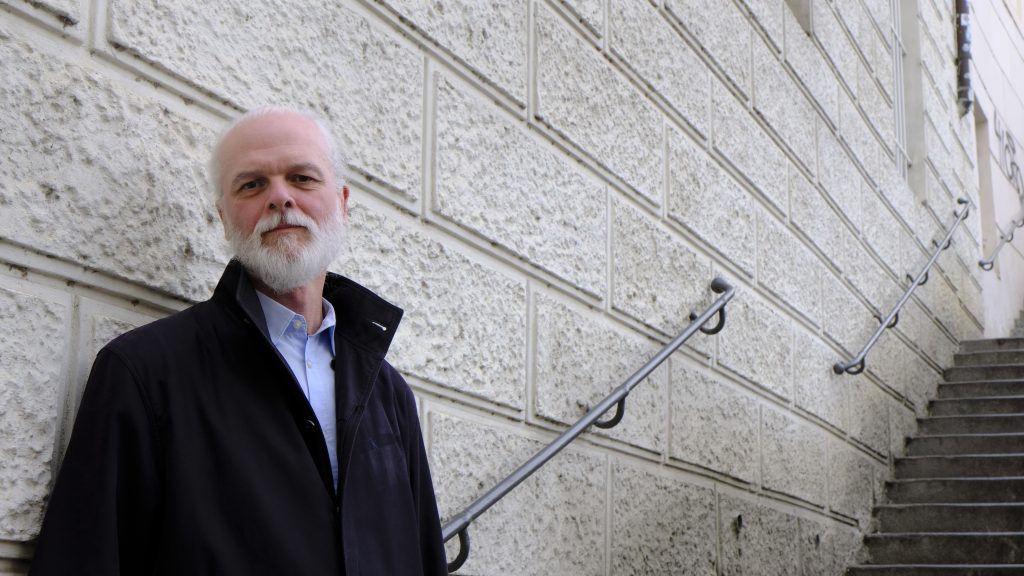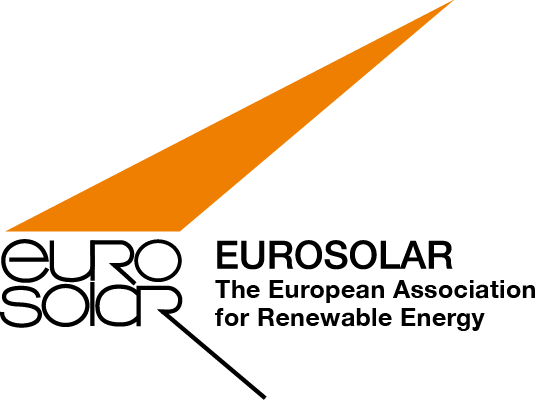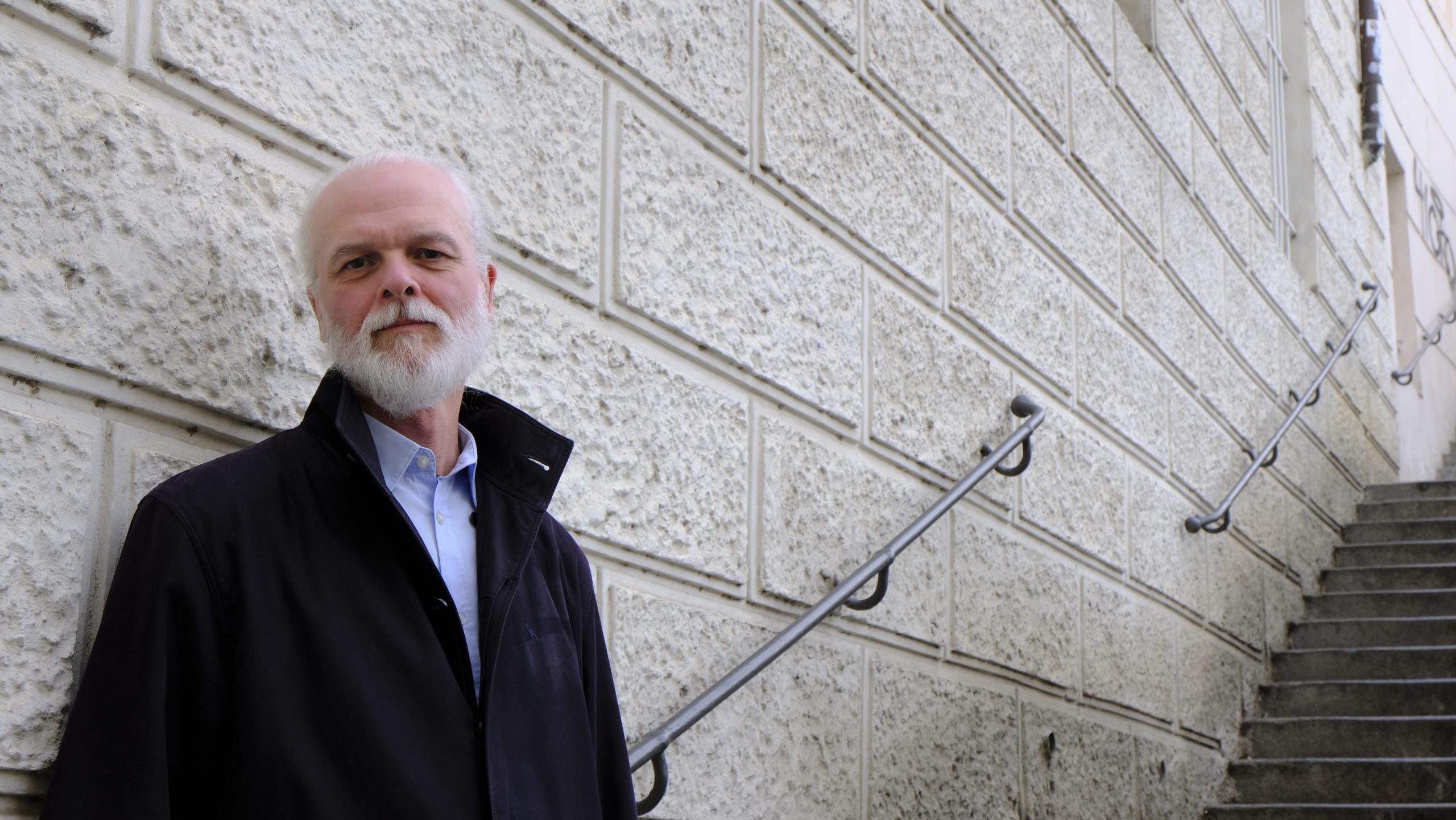11 March 2021 marked the tenth anniversary of the nuclear disaster in Fukushima with the meltdown of three nuclear reactors. History has shown that nuclear energy, in its military application but also in its energy supply, has brought endless suffering to people and a high radioactive burden to the environment. The ban on nuclear weapons is shared by large parts of the world’s population. The entry into force of the “Treaty on the Prohibition of Nuclear Weapons” – ratified by 50 states on 22 January 2021 – Germany is not among them – confirms this. However, national governments continue to see it as their dubious right to possess nuclear weapons as “weapons of destruction” for “deterrence”. This is an ethical question that is unfortunately too little discussed in politics and in public.
The Nuclear Non-Proliferation Treaty of 1960, which obliges the “have” countries to disarm their nuclear weapons, is not making any progress or is being disregarded, as is currently the case with London’s announcement to expand its nuclear warhead arsenal from over 100 to over 200. But the Nuclear Non-Proliferation Treaty also promises assistance to countries that do not possess nuclear weapons and use nuclear power only for energy supply. This so-called “peaceful” use of nuclear energy can be seen as an entry into the military. Every additional country that goes down this path makes the world more insecure and the people living there more vulnerable. Nuclear power plants can also be described as pre-installed nuclear weapons for the enemy: Chernobyl released about 200 times more radioactivity than Hiroshima and Nagasaki combined.
The construction and operation of nuclear power plants is costly. Such a supply system can neither be introduced nor maintained without state subsidies. Despite the open question of how nuclear waste should be disposed of, the use of nuclear energy was socially accepted in Germany for a long time. It was not until the accident at the Chernobyl power plant and the anti-nuclear movement that the first decision to phase out nuclear power was taken in Germany, but this was then reversed by the change of government via the 2010 decision to extend the operating period of nuclear power plants. It took another disaster – in Fukushima in 2011 – to renew the decision to phase out nuclear power, but now with high compensation payments for the operators.
EUROSOLAR: The shock of the coincidence of a natural disaster and technological failure has opened the world’s eyes to the fact that the “unthinkable” can happen even in a highly industrialised country. Nevertheless, not only in Japan will nuclear power plants continue to operate. How do you assess the controversial discussion of this situation in Japan?
Mycle Schneider: Since the disaster in Fukushima began ten years ago, the majority of the Japanese population has spoken out absolutely consistently in favour of phasing out nuclear energy. Countless court cases have been brought against the restart of reactors. But majority opinions and lawsuits are not yet policy. The entanglement of interests between operators, banks and politicians is a powerful barrier to change. Yet, despite the insistence of the Abe government and its successor, only nine of 54 pre-3/11 nuclear plants have been granted permission to restart. Incidentally, of these, again only four are currently in operation. Whether four or 54 is a huge difference.
EUROSOLAR: In dealing with the environmental damage, Japan is trying to limit the damage. The nuclear power plant operators face the problem not only of having to dispose of the contaminated soil, but also of no longer being able to store the radioactively contaminated cooling water collected in large tanks for capacity reasons. It is to be expected that there will be a discharge into the sea. How dangerous do you think this solution is? Do you expect protests in the country or other affected countries?
Mycle Schneider: The operator TEPCO is not a company specialised in nuclear disaster management. Therefore, there was and is extensive improvisation. The problem of the Fukushima Daiichi site is so incredibly complex that it far exceeds the capacity not only of a power plant operator, but also of the Japanese nation. I tried for years to promote the concept of an International Fukushima Task Force. Everyone thought it was a great idea, including the German embassy and the EU representation in Tokyo. Nothing happened. The big problem was that there was no one on the Japanese side to pull. “You can’t push a rope” is an old saying.
Now the disaster continues. That makes complete sense. The strong earthquake on 13 February 2021 has further damaged the reactors, and in unit 1 a quarter of additional cooling water must now be introduced every hour to cool the molten core. The possible discharge of contaminated water, which has grown to over one million cubic metres, into the sea faces many problems. Much of the water does not even meet the controversial proposed limits and needs to be further decontaminated. The decontamination facilities have so far failed to deliver what was promised. The opposition to the project has been up and ready for a long time. It is mainly the fishermen who do not want any new contamination and thus damage to the reputation of their products. For the plan to be socially and internationally politically acceptable, it would require independent strict monitoring of contamination levels before discharge into the sea.

EUROSOLAR: But Japan would continue to use nuclear power and also keep this power plant in operation. How can continued operation still be profitable for the operator?
Mycle Schneider: No nuclear power plant operation is still economically viable in Japan. But when a nuclear power plant operator officially takes a reactor off the grid, it no longer appears in the assets column of the balance sheet but becomes a liability. In other words, ownership becomes a liability. Then the costs begin, without any prospect of income. That is why 24 of the original 54 Japanese nuclear power plants are still in the “long-term outage” column, even though most of them do not have the slightest chance of ever producing electricity again. Besides, admitting weaknesses is not one of the strengths of Japanese culture.
EUROSOLAR: There are scenarios that show that Japan could supply itself almost entirely through the use of renewable energies. How is this alternative discussed in Japan?
Mycle Schneider: Extensively. The online event of the Renewable Energy Institute, founded by Japan’s richest man, Masayoshi Son, in the wake of 3/11, mobilised over 2,000 participants on 10 March 2021. Son was joined by a sitting minister, the head of the International Renewable Energy Agency IRENA, energy thought leader Amory Lovins and Patrick Graichen, director of Agora-Energiewende.
EUROSOLAR: But it is not only Japan that continues to rely on nuclear power. In China, where more than 6o percent of the electricity supply is covered by coal-fired power – with major air, health and climate pollution – a new nuclear power plant went into operation a few days ago. Even though China is investing very successfully in renewable energies, the expansion of nuclear power is to continue. This also applies to France. What is the justification for this in the countries?
Mycle Schneider: This is not an accurate reflection of reality. As far as I know, no new nuclear power plant has been connected to the grid in China so far in 2021 (as of 25 March 2021). In 2020, there were two with a total capacity of two gigawatts (GW). In the same year, 150 GW of solar and wind capacity came online in China. In the 5-year plan to 2025, 70 GW of nuclear power is in operation, hardly more than the current capacity and that already under construction. So an addition of 19 GW in five years. At the same time, five major Chinese power companies have announced their intention to build a total of more than 350 MW of renewables by 2025. Even in the only country that is still adding significant nuclear capacity, nuclear power is becoming negligible.
Why nuclear power plants are still being built at all is a matter of interpretation. China has invested vast sums in the entire production chain for nuclear power plants. Today, an American AP1000 or a European EPR can be completely manufactured in China, not only according to Western standards, but in factories qualified according to them. Today, you cannot manufacture an AP1000 in the USA or an EPR in Europe. The necessary facilities are simply not available. Now they are telling this industry, now itself a powerful lobby close to the Chinese power centre, that unfortunately everything has become too expensive and is therefore over. Moreover, there are also military-relevant motives in the expansion programme, especially of fast breeder reactors. France, in the person of President Macron, recently declared again that “our energy and ecological future”, “our economic and industrial future” and “our strategic future”, depend on nuclear energy.
EUROSOLAR: In the discussion about climate protection, nuclear energy is considered CO2 neutral. Bill Gates proposes to save CO2 emissions by decentralised small nuclear reactors. Nuclear power for climate protection?
Mycle Schneider: Bill Gates offers Powerpoint reactors and the world buys. Mr Gates founded his nuclear company in 2008. Thirteen years later he has nothing to show for it, no prototype, no approved design, not even a design in the approval process anywhere in the world. The earth has no time for such fanciful creations.
After all, the so-called Small Modular Reactors (SMRs) are not new. The history of nuclear power began with such small models. And since then, they have been reissued again and again as a concept in countless formats. But it’s actually not that hard to understand why it can’t work out. EPR-type reactors have become bigger and bigger, not because you need 1650-MW reactors somewhere, but to drive down the cost per MW installed. If you now want to build small reactors, say 30-300 MW, then the only way to recoup the economies of scale is through the volume discount. So you would have to sell hundreds of SMRs, incidentally also to have any significant effect on electricity generation at all. That is industrially impossible before 2040.
The only SMRs completed in recent times are two 30 MW floating reactors in Russia, whose construction time was estimated at 3.7 years, but in reality took 12.7 years. Two 100-MW modules have been tinkered with in China since 2012, and a 25-MW mini-reactor in Argentina since 2014. In the USA, a single design has received “general approval”. A prototype is to be built by 2030. Cost estimates have now risen to the order of magnitude of the most expensive EPRs. All examples are demonstrations of the nuclear industry’s inability to deliver on its full-bodied promises.
But more dramatic is the following: The urgency of climate protection requires asking the question, if I invest one euro, how much greenhouse gas emissions can I save and how quickly. So it is a question of combining cost efficiency and time. Investing in new nuclear power plants of any kind, or even planning them, makes the climate crisis worse, because the capital is no longer available for solutions that actually exist today.
The same approach applies to lifetime extensions of existing reactors. Most of the nuclear power plants operating in the world today can no longer compete with climate-efficient options. Many energy efficiency potentials are available at negative costs. The lowest prices for electricity from renewables are now no longer in Asia, South America or the Middle East, but in Europe. The world record is 1.1 cents per kWh of solar power in Portugal. In Spain there are now commercial offers for less than 1.5 cents per kWh for solar power and 2 cents per kWh for wind power. You can easily add 1-2 cents or more per kWh for storage and still be far below the pure operating costs for electricity from the nuclear power plants of the last century.
EUROSOLAR: Mycle Schneider, thank you very much for this interview.
The interview was conducted by Irm Scheer-Pontenagel, editor of Solarzeitalter (Solar Age), EUROSOLAR’s German publication.

